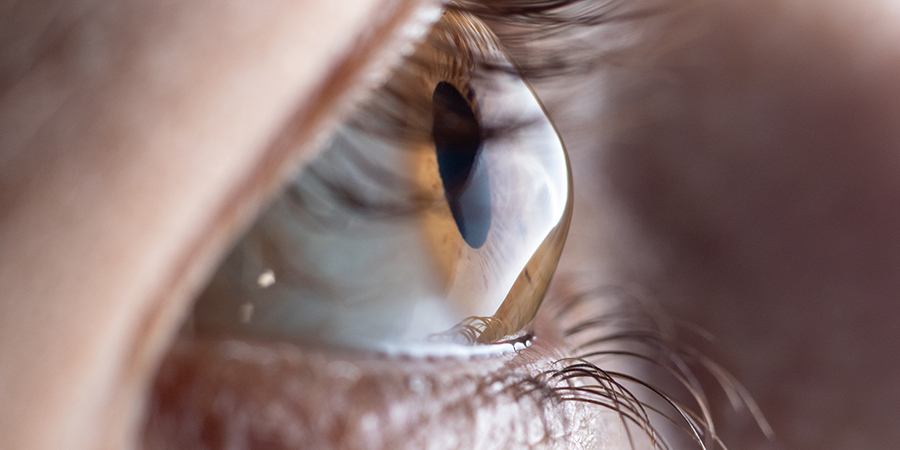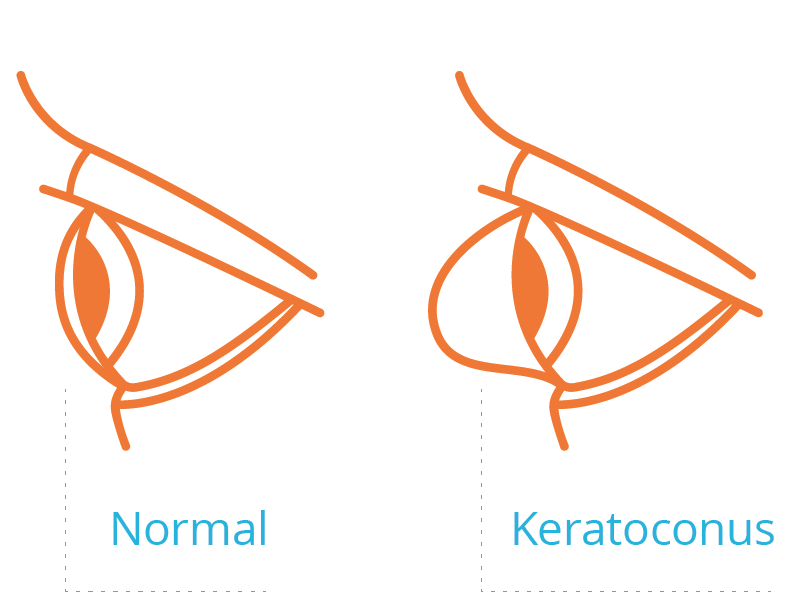Common Eye Problems and What to Know About Them
Most of us take our eyesight for granted, that is until we start noticing changes and seek the advice of an optometrist. While eye problems can...
1 min read
 The Rochester Eye & Laser Team
:
Aug 6, 2021 10:20:48 AM
The Rochester Eye & Laser Team
:
Aug 6, 2021 10:20:48 AM


A three-year study of 50 patients aged between 13 and 30, who were treated for keratoconus at IMO in Barcelona with the technique known as crosslinking, has confirmed the effectiveness of a treatment that slows down the progress of a disease that is the main reason for corneal transplantation in young people.
Unlike other treatments that do not hold back the disease, crosslinking prevents keratoconus from progressing in 95% of cases and improves the regularity of the cornea and, therefore, vision in 75% of patients.
The treatment has been confirmed as an effective alternative to corneal transplantation, "something that will ensure the future widespread use of crosslinking as the main treatment for this disease," according to Dr. Oscar Gris from the Cornea Department of IMO, a pioneering center in the application of this technique in Spain.
Keratoconus is a disease that gives the cornea a conical appearance. It can be progressive and cause irregular astigmatism. In many cases, it cannot be corrected with glasses or rigid contact lenses. It almost always affects both eyes, although it is asymmetric, resulting in the condition progressing more rapidly in one eye.
According to Dr. Oscar Gris, who coordinated the study with Dr. Jose Luis Guell, also from the IMO, "it is quite a common disease that is increasingly being diagnosed because examination techniques are becoming more sensitive. Some patients are diagnosed by chance in examinations prior to myopia or astigmatism surgery." Occasionally, keratoconus remains in its initial phase and does not develop. The most severe cases can result in corneal transplantation, which is the only solution. "Hence the importance of the early application of crosslinking, which can preclude the need for transplantation," explains the ophthalmologist.
In general, the most serious cases affect younger patients. From the age of 40, keratoconus does not usually progress, as the cornea naturally becomes rigid around this age.
Corneal crosslinking increases the rigidity of a cornea that is weakened by keratoconus. The technique consists of applying a few drops of vitamin B2 (riboflavin) to the surface of the cornea so that the vitamin can penetrate. The cornea is subsequently exposed to a low ultraviolet light that causes a chemical reaction, which increases the thickness of the collagen fibers and the links between them, thus increasing the rigidity of the cornea.
Want to learn more about corneal crosslinking? Learn more at What is Keratoconus?

Most of us take our eyesight for granted, that is until we start noticing changes and seek the advice of an optometrist. While eye problems can...

Keratoconus[ k er-u h-toh-k oh-nuh s] Keratoconus or “KC” is a non-inflammatory eye condition in which the normally round dome-shaped cornea...

It’s difficult to enjoy a beautiful spring day through swollen eyes and a stuffy nose. Why is springtime so often accompanied by red,...